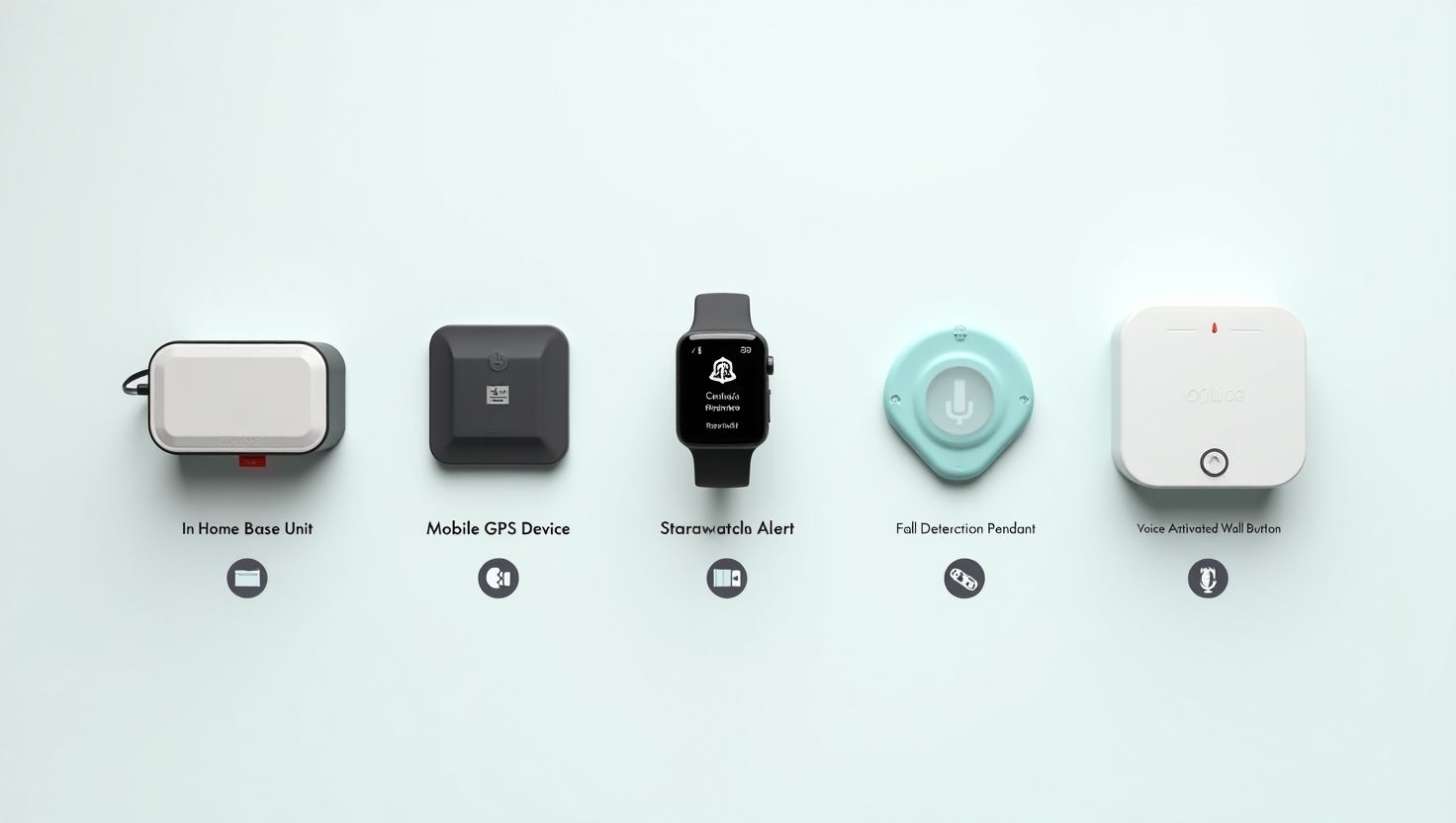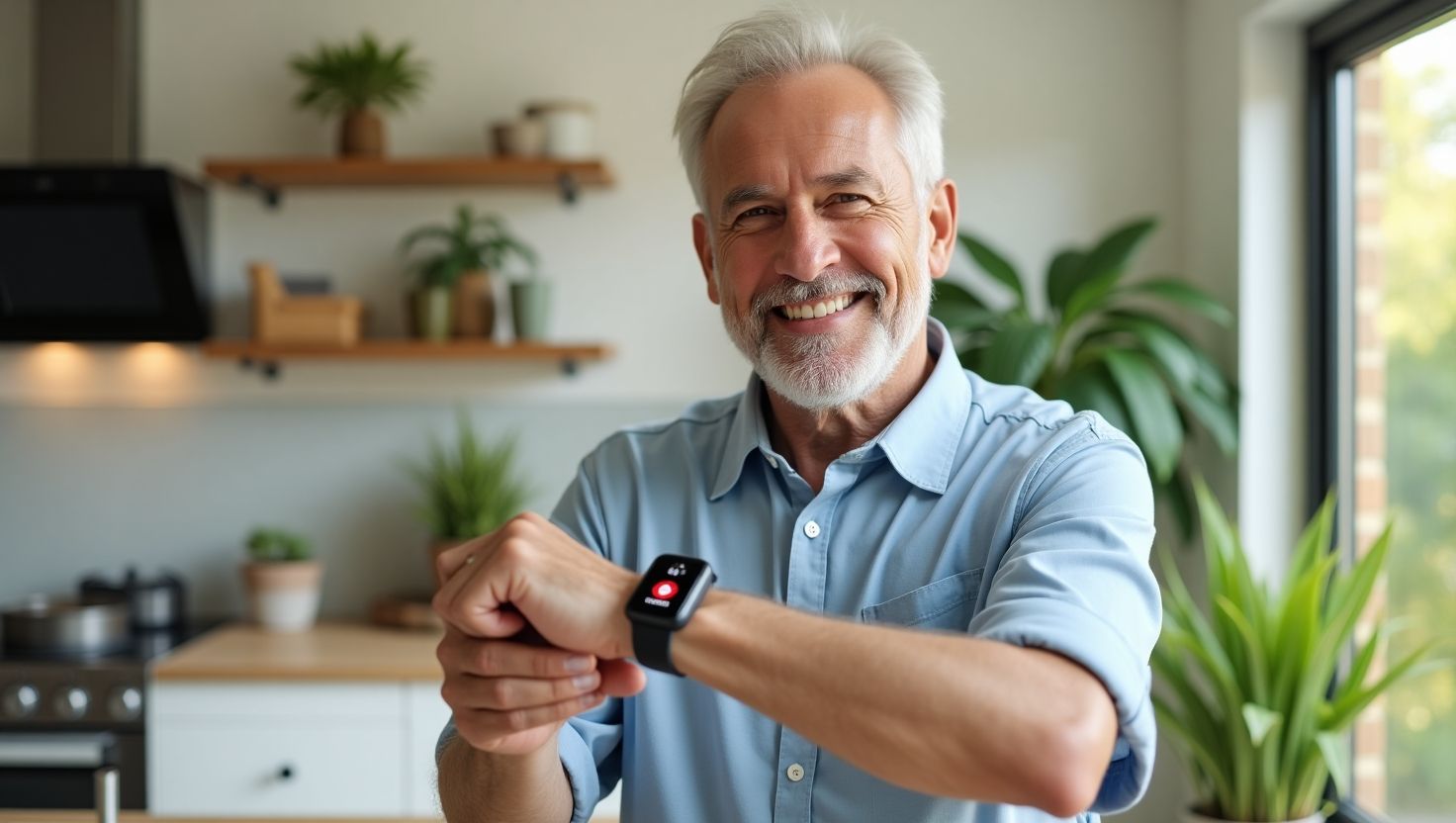Blog

The Ultimate Guide to Choosing the Right Medical Alert System As we age, ensuring safety and independence becomes increasingly important. For many seniors, the fear of falling or experiencing a medical emergency without assistance can be daunting. This is where a medical alert system comes into play—a device designed to provide immediate help at the press of a button. But with so many options on the market, choosing the right medical alert system can be overwhelming. This guide will walk you through the essential factors to consider when selecting the best system for you or your loved one, ensuring both peace of mind and protection. Why Medical Alert Systems Are Essential Medical alert systems are not just about emergency response; they are about maintaining independence and ensuring that help is always within reach. For seniors living alone or those with chronic health conditions, these systems provide a critical safety net. In situations where every second counts, a medical alert system can be the difference between a minor incident and a life-threatening emergency. Moreover, the psychological comfort that comes with knowing that help is readily available can significantly improve the quality of life for seniors and their families. It's not just about responding to emergencies; it’s about preventing them. Many modern systems include features like fall detection, which can automatically alert emergency services even if the user is unable to press the button. Types of Medical Alert Systems When choosing the right medical alert system, it’s essential to understand the different types available: In-Home Medical Alert Systems These systems are designed for use within the home. They typically consist of a base unit connected to a landline or cellular network, paired with a wearable pendant or wristband. The user can press the button on the wearable device to connect with an emergency response center through the base unit. Pros: Simple and reliable for those who spend most of their time at home. Often more affordable than mobile systems. Strong signal coverage within the home. Cons: Limited to home use; no protection when outside. Some require a landline, which may not be ideal for everyone. Mobile Medical Alert Systems These systems are designed for active seniors who are often on the go. They function similarly to in-home systems but are equipped with GPS tracking and cellular connectivity, ensuring that the user is protected no matter where they are. Pros: Provides protection both at home and outside. GPS tracking allows for location-based services, essential in emergencies. Often includes features like fall detection and two-way communication. Cons: Typically more expensive than in-home systems. Battery life needs to be monitored regularly. Key Features to Consider When evaluating medical alert systems, there are several key features you should consider to ensure you choose the right one for your needs: Ease of Use The primary purpose of a medical alert system is to provide immediate help in an emergency, so it must be easy to use. Look for systems with large, clearly labeled buttons, and consider whether the wearable device is comfortable and easy to wear consistently. The system should be straightforward to set up and use, with intuitive controls and minimal complexity. Automatic Fall Detection Falls are a leading cause of injury among seniors, and in some cases, the person may be unable to press the alert button. Systems with automatic fall detection can sense a fall and automatically alert emergency services without requiring the user to do anything. This feature can be particularly important for those with mobility issues or balance problems. Range and Coverage If you're considering an in-home system, the range between the wearable device and the base unit is crucial. Make sure the system has sufficient coverage to work throughout the home and even in the yard. For mobile systems, ensure that the device has reliable cellular coverage in the areas where the user spends the most time. Battery Life Battery life is a critical factor, especially for mobile systems. A longer battery life reduces the need for frequent recharging and ensures the device is always ready in case of an emergency. Some systems offer low-battery alerts to remind users when it’s time to recharge. Monitoring and Response Time The effectiveness of a medical alert system depends largely on the quality of the monitoring service. Research the company’s response time—how quickly they answer calls and dispatch help. Ideally, the response center should be staffed 24/7 by trained professionals who can assess the situation and contact the appropriate emergency services. GPS Tracking For active seniors, GPS tracking is an invaluable feature. It allows emergency responders to locate the user quickly if they are unable to communicate their location. This feature is especially useful for individuals with dementia or Alzheimer’s, who may wander and become lost. Water Resistance Since many falls occur in the bathroom, it's important that the wearable device is water-resistant. This ensures the user can wear the device while bathing or showering, where the risk of slipping is high. Cost and Contracts Cost is always a consideration when choosing a medical alert system. Compare the monthly monitoring fees, the cost of the equipment, and any additional charges, such as activation fees or cancellation penalties. Be wary of long-term contracts; some companies offer month-to-month plans with no long-term commitment, which might be more flexible and appealing. Choosing the Right Provider The reputation and reliability of the medical alert system provider are just as important as the features of the system itself. When choosing a provider, consider the following: Customer Service Excellent customer service can make a significant difference, especially when setting up the system or troubleshooting issues. Look for companies that offer 24/7 customer support and have a reputation for being responsive and helpful. Reviews and Testimonials Research online reviews and testimonials from other customers. While individual experiences may vary, consistent patterns of praise or complaints can give you a good idea of what to expect from the provider. Trial Periods and Return Policies Many companies offer trial periods that allow you to test the system before committing. A money-back guarantee or a flexible return policy can provide peace of mind, especially if you’re unsure about which system will work best. Making the Final Decision Choosing the right medical alert system is a deeply personal decision that depends on the specific needs, lifestyle, and health concerns of the user. Start by identifying the features that are most important, such as fall detection, GPS tracking, or ease of use. Consider your budget and be sure to research the reliability of both the system and the provider. It may also be helpful to involve family members or caregivers in the decision-making process. Their input can provide additional perspectives on what features are necessary and how the system will be used daily. Conclusion Investing in a medical alert system is a crucial step in ensuring the safety and well-being of seniors, particularly those who live alone or have health concerns. By carefully considering the different types of systems available, the key features they offer, and the reputation of the providers, you can choose a system that offers both security and peace of mind. Remember, the right medical alert system is not just about responding to emergencies—it’s about providing the confidence and freedom to live independently while knowing that help is always within reach.









